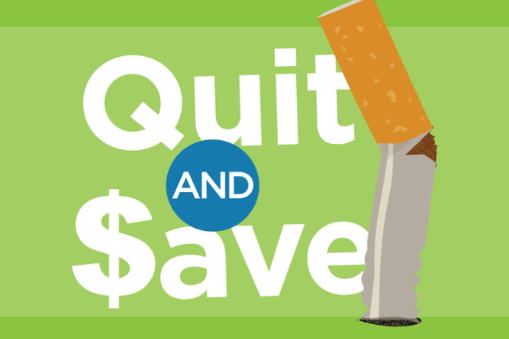6|18 State Spotlight | July 2023
Working to increase access to tobacco cessation treatments and promote treatments through a public awareness campaign.
6|18 State Spotlight | November 2022
Streamlining and increasing coverage of tobacco treatment and services, promoting use of covered treatment benefits, and addressing health disparities by improving access to tobacco treatment for people with behavioral health conditions.
6|18 State Spotlight | November 2022
Facilitating uniform tobacco cessation benefits for Medicaid enrollees and developing comprehensive provider and public awareness campaigns to promote covered benefits and services.
Brief/Report | November 2022
Highlights 6|18’s role in strengthening partnerships to increase access to and use of evidence-based tobacco cessation services for Medicaid beneficiaries.
Brief/Report | June 2021
Identifies several common approaches that state tobacco control programs may consider when pursuing pharmacotherapy reimbursements in partnership with their Medicaid agencies and quitline service providers.
Case Study/Profile | June 2021
Describes how two states, Kansas and Missouri, piloted use of the American Lung Association’s Guide to Assessing Tobacco Cessation Coverage in Health Plans and received preliminary results.
Guide/Toolkit | June 2021
Describes questions to help determine health plans' abilities to cover tobacco cessation treatment.
6|18 State Spotlight | October 2020
Highlighting Minnesota's efforts in improving access to Medicaid tobacco cessation benefits.
Brief/Report | May 2020
Describes an innovative health care provider-targeted media campaign conducted by the New York State Department of Health's Tobacco Control Program
Journal Article | October 2019
Examines the results from New York State Department of Health’s media campaign to increase provider-assisted quitting that was implemented in 2016.
Case Study/Profile | September 2019
Highlight how three states have developed cost-sharing partnerships with Medicaid.
Case Study/Profile | September 2019
Showcases each state’s eligibility criteria, rationale, key considerations for making changes to criteria, how changes were implemented, challenges, and successes.
Technical Assistance Tool | June 2019
Outlines specific measures that assess the impact of their communications campaign, specifically around the uptake of counseling and coverage benefits as well as the use of tobacco in the state.
Engagement/Education Material | June 2019
Assesses: 1) approaches and perceptions among providers that may influence uptake of tobacco cessation for their Medicaid patients, and 2) preferred tools and resources that may aid providers in supporting appropriate tobacco cessation interventions, including Medicaid coding/billing.
Engagement/Education Material | June 2019
Details promotional approaches for engaging the state’s health care professionals and Medicaid members in order to increase utilization of mechanisms supporting tobacco cessation.
Webinar | April 2019
Provides insight on state Medicaid benefits and coverage, as well as strategies to strengthen tobacco cessation and treatment efforts.
Brief/Report | December 2018
Examines the monetary value of programs or policies to determine whether the benefits from the program exceed its cost. In this case, WSIPP is looking at the benefit-cost summary of tobacco quitlines.
6|18 State Spotlight | June 2018
Expanding access to tobacco cessation medications and services and increasing communications around provider and consumer benefits.
6|18 State Spotlight | June 2018
Increasing the use of tobacco cessation benefits through comprehensive and consistent tobacco cessation coverage.
Technical Assistance Tool | June 2018
Shares sample questions compiled from surveys used by Medicaid and public health programs across the country to gather information about tobacco cessation benefits from MCOs.
